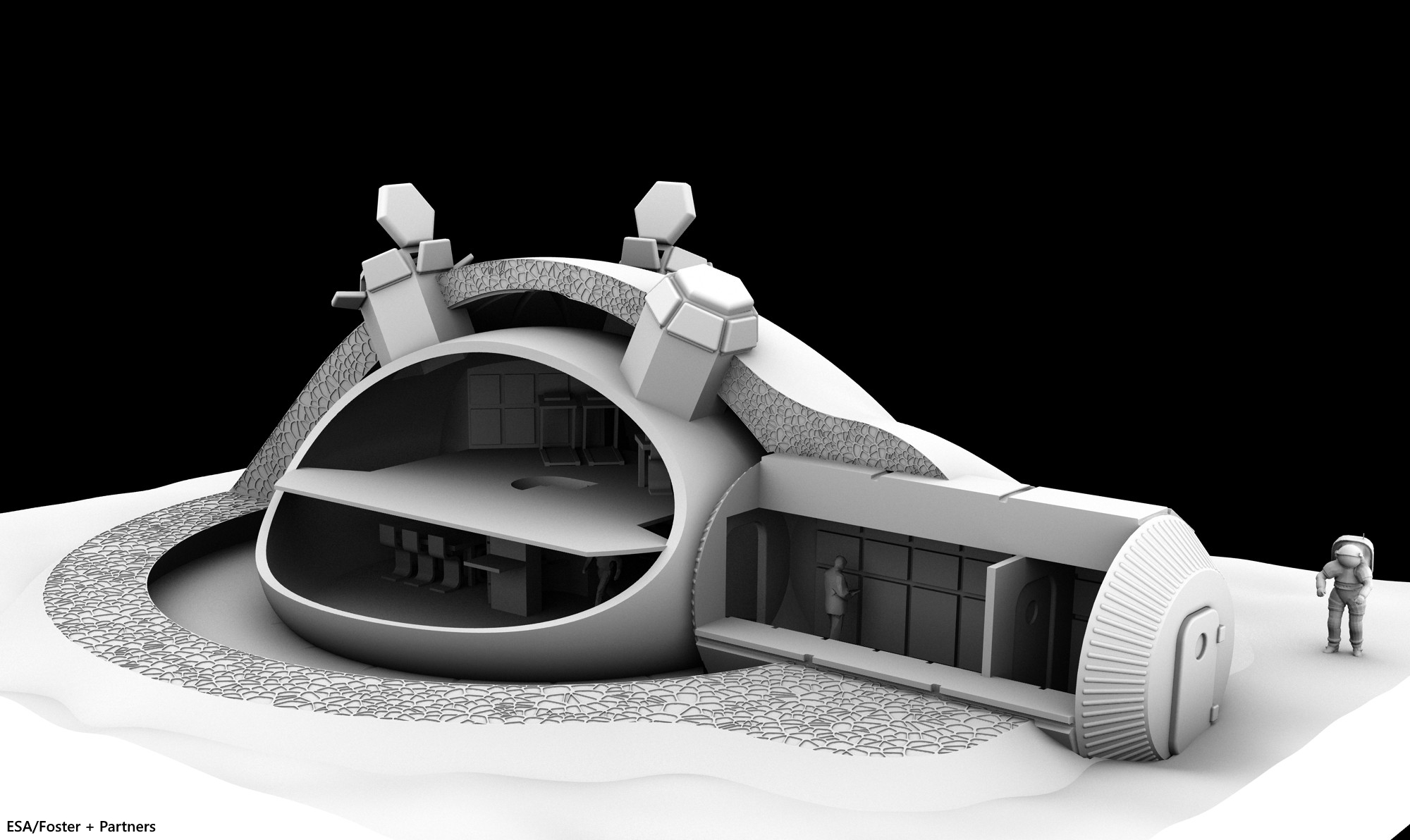Katherine Derla
TECH TIMES
European Space Agency's head Jan Woerner released the vision outline for the Moon Village, which could replace the International Space Station as early as 2030. The lunar village will be composed of structures created by 3D printers and robots using Moon dusts as raw materials.
Woerner became the ESA head in July 2015 and made the Moon mission the space agency's central project. Woerner added that this lunar project is a crucial step towards the future flight to Mars.
"I looked into the requirements I see for a project after ISS. As of today, I see the Moon Village as the ideal successor of the International Space Station for [space] exploration," said Woerner.
The Moon Village project could be a collaboration of several nations and space exploration groups including Russia, China, NASA and ESA. Experts around the world could contribute advanced technology, knowledge and even manpower (astronauts) for the Mars mission preparations. The same can be done for the ongoing biology and physics explorations that are currently being conducted onboard the ISS.
In 2014, the U.S. announced they intend to keep the ISS in operation until 2024, which pushed back the station's retirement by at least four years. Several European nations raised concerns over the extended operation's perceived costs, challenging if the extension would be worthwhile. On the other hand, Russia is considering the option of building its own space station.
Read the full-article HERE.


No comments:
Post a Comment